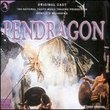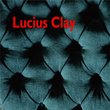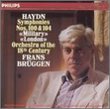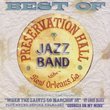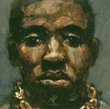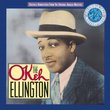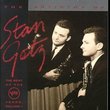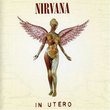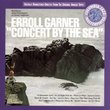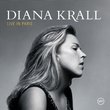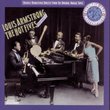| All Artists: Miles Davis, John Coltrane Title: Miles & Coltrane Members Wishing: 0 Total Copies: 0 Label: Sony Release Date: 10/25/1990 Genres: Jazz, Pop Style: Bebop Number of Discs: 1 SwapaCD Credits: 1 UPCs: 074644405224, 074644405248, 5099746082420 |
Search - Miles Davis, John Coltrane :: Miles & Coltrane
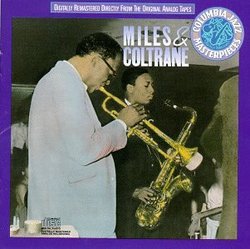 | Miles Davis, John Coltrane Miles & Coltrane Genres: Jazz, Pop
|
Larger Image |
CD DetailsSimilar CDs
Similarly Requested CDs
|
CD ReviewsIt Don't Get Any Better! Adam Koslofsky | Key Largo, Fl. United States | 03/06/2004 (5 out of 5 stars) "While this album is titled "Miles and Coltrane",a more appropiate one would be "Live At Newport"Five of the seven tracks were recorded on July 4,1958 at the legendery Newport Jazz Festival with the "Kind of Blue" sextet.The other two are quintet studio sessions from 1955 sans Cannonball.The most important thing to notice on this album is the complete difference between Trane's style in 1955 and 1958.Trane, on the 1955 tracks, plays straight ahead bebop while his innovative and unique style is clearly formed on the 1958 tracks. This album is a MUST for any jazz library." One of the great live jazz albums Bert vanC Bailey | Ottawa, Canada | 11/02/2007 (5 out of 5 stars) "Another Amazon reviewer of 'Miles & Coltrane' says: "This album is a MUST for any jazz library." I'll back that, and would even call it one of the great live jazz albums ever, right up there with Blakey's Live! At Slug's N.Y.C. (see my review). Yet I arrive at this from a very different starting point. Not much of Miles rises for me to the level of appeal of post-bop. I don't warm to the Miles of the muted trumpet who's fond of savouring the notes, fixated on sonic textures. I'm more partial to not-so-cool, more boisterous, racier interplays and improvisation of small-combo hard-bop jazz from the mid-50s to the early 60s - the most exciting period in jazz, to me. No accident, then, that 'Trane was my big draw to this recording. But what a find this is! The first five tracks (Ah-leu-cha; Straight, No Chaser; Fran-Dance; Two Bass Hit; Bye Bye Blackbird) are stereo recordings from a 4 July '58 show in Newport, RI. The last two (Budo; Little Melonae) are in mono, and hark to a 27 October '55, New York performance. The first set has Bill Evans doing his modal thing, along with Paul Chambers, Jimmy Cobb, Cannoball Adderley on alto sax, and Trane on tenor. The last two tracks have Red Garland on piano, not Evans, Philly Joe Jones not Cobb on drums, and there's no Cannonball adding oomph. There's plenty of raucous hard-bop on this, plus a share of what I regard as the milder Miles - though of a very high order. On the closing 'Budo,' the mute doesn't stymie the music's pulse one bit: both 'Fran-Dance' and 'Bye Bye Blackbird' have lots to recommend them. And when the mute comes off for the other numbers, Miles sets the trumpet's talents on the wild side, and with his musical mates shows he can bop with the very best. Evans's unusual addition to the mix is also worth a close look; Coltrane's pretty much on fire here too, and as for rhythmic core Miles never got much better than Mr PC, Philly Joe and Cobb. Good, critical liner notes, too. In all, a CD not to be missed by fans of great jazz." Hotter Than A $50 Rolex! El Lagarto | Sandown, NH | 04/06/2006 (5 out of 5 stars) "Pistol hot. Two giants of jazz for the price of one, up close and personal. These guys are whipping up a storm furious enough to blow the spots off a leopard. Davis and Coltrane are in total telepathic touch with each other, particularly remarkable when you realize that most of this CD consists of concert performances, no studio sweetening, just the real deal. If you like spicy cooking, you'll be back for seconds."
|

 Track Listings (7) - Disc #1
Track Listings (7) - Disc #1